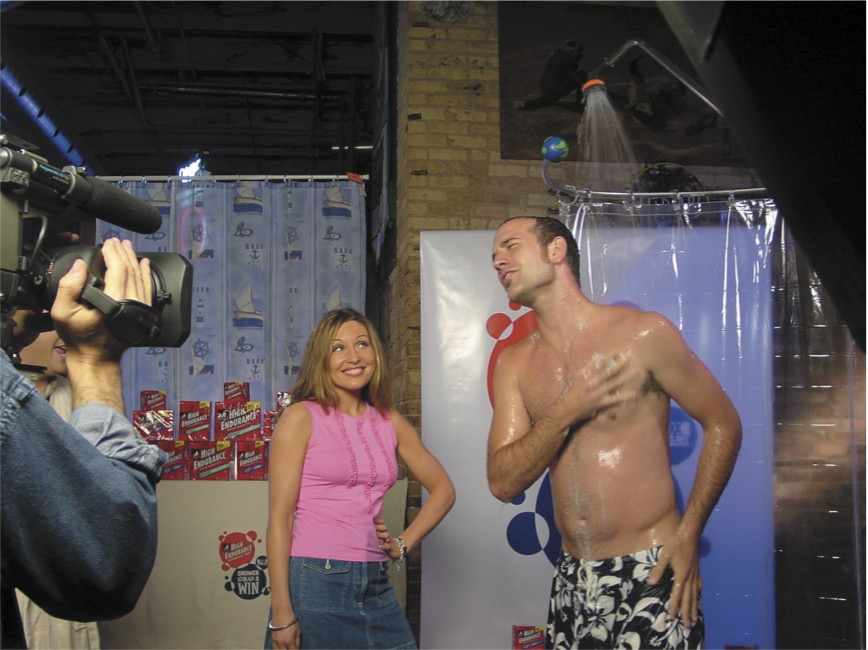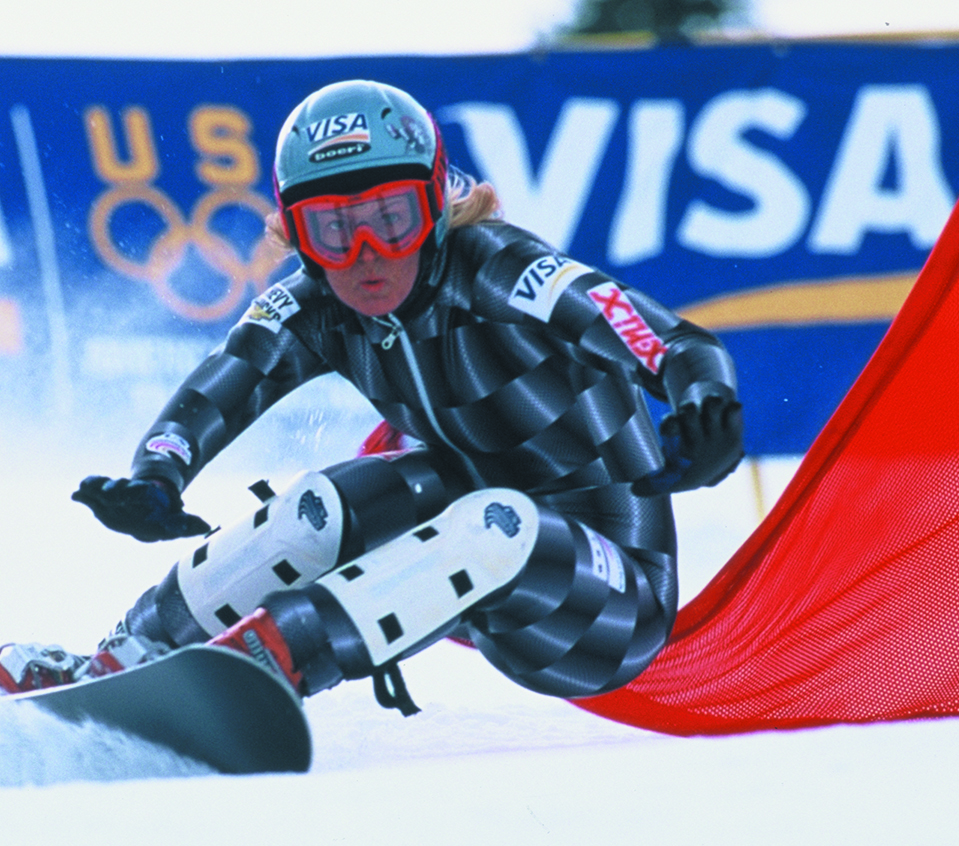THEME:
A recession is rocking corporate marketing budgets and chief marketing officers begin looking for alternatives to ineffective, above-the-line spends. Event campaigns, labeled for years as either “non-traditional” or “below-the-line” programs, begin to take form. Early event campaigns are relegated to a few markets or regions—the age of the national program has not yet arrived. As marketers begin to see the potential of event marketing, they start to believe the potential of event marketing.
TREND:
As mobile marketing tours become the fastest-growing form of b-to-c marketing, organizations begin to educate themselves on the nuances of Department of Transportation compliance and start to demand their agencies are certified with the DOT’s guidelines.
TREND:
With event staffing orders up thousands of percentage points over 2001, event agencies and brand marketers begin developing dedicated staff training regimens. These include brand immersion trainings, role play, and even tests that staffers must pass in order to be worthy of the brand they are presenting. The trend will become one of the most critical elements of successful event programs for the coming decade. (Fun Fact: Lego was among the first brands to implement “immersion training” for brand ambassadors.
CASE STUDY:
P&G helps redefine what can and cannot be done within nightlife marketing when it launches a summer program that takes Old Spice into bars and nightclubs. Target male consumers were invited to jump into a portable shower, lather up with Old Spice High Endurance Deodorant soap—and sing. Those brave enough to perform (and trial the product) scored tickets to local base-ball games.






